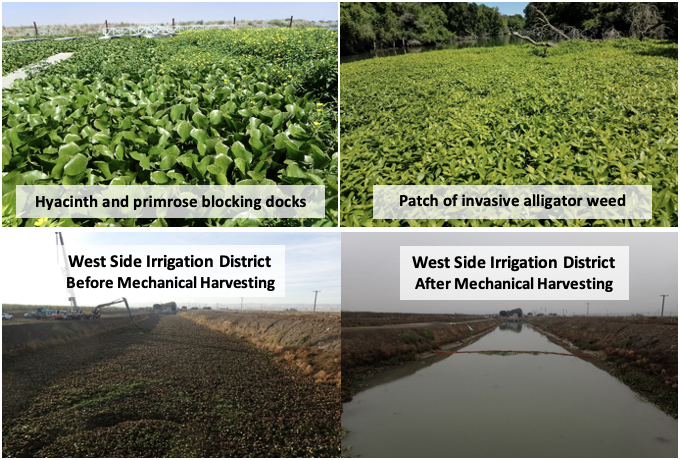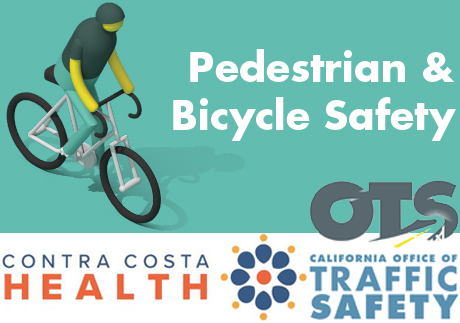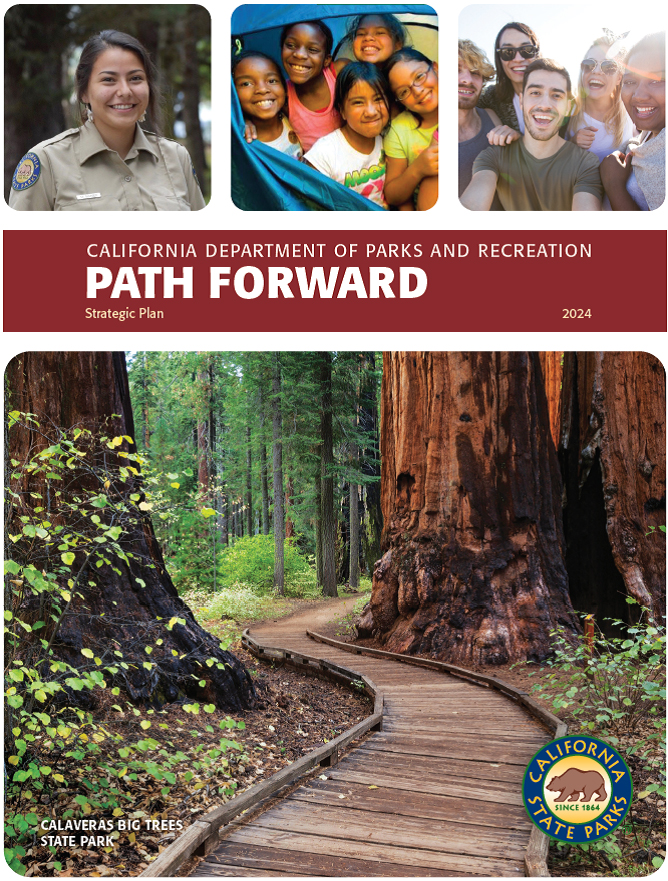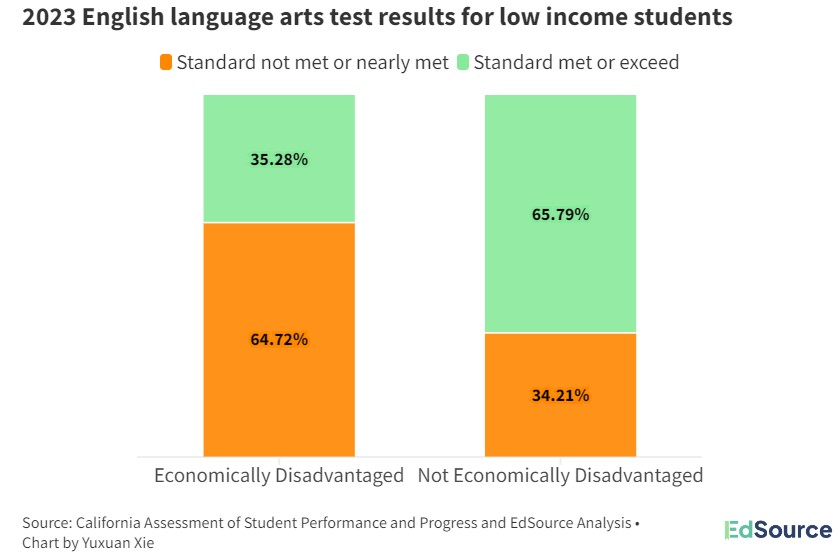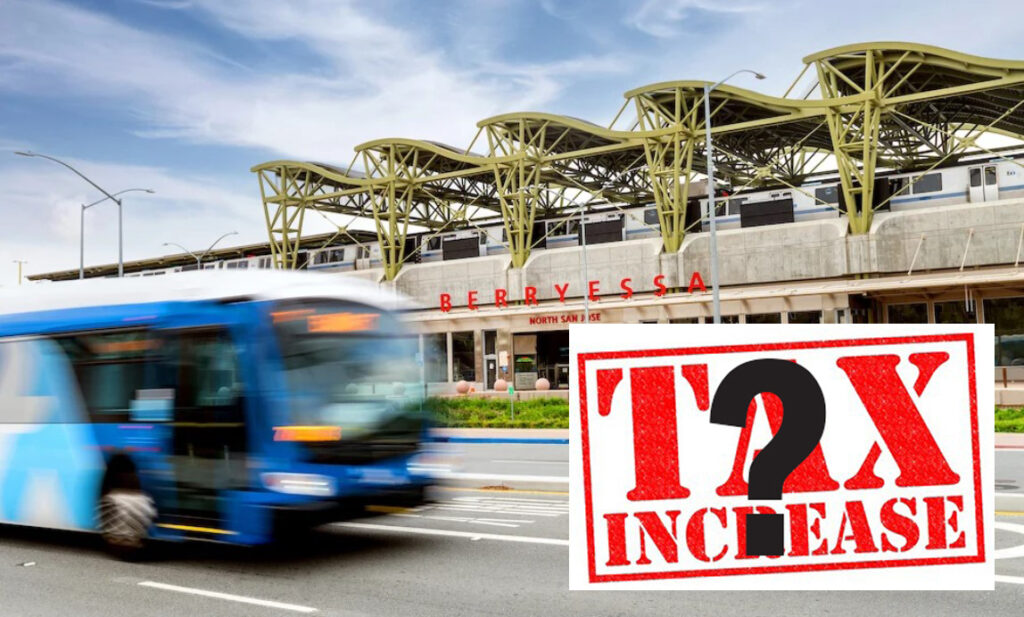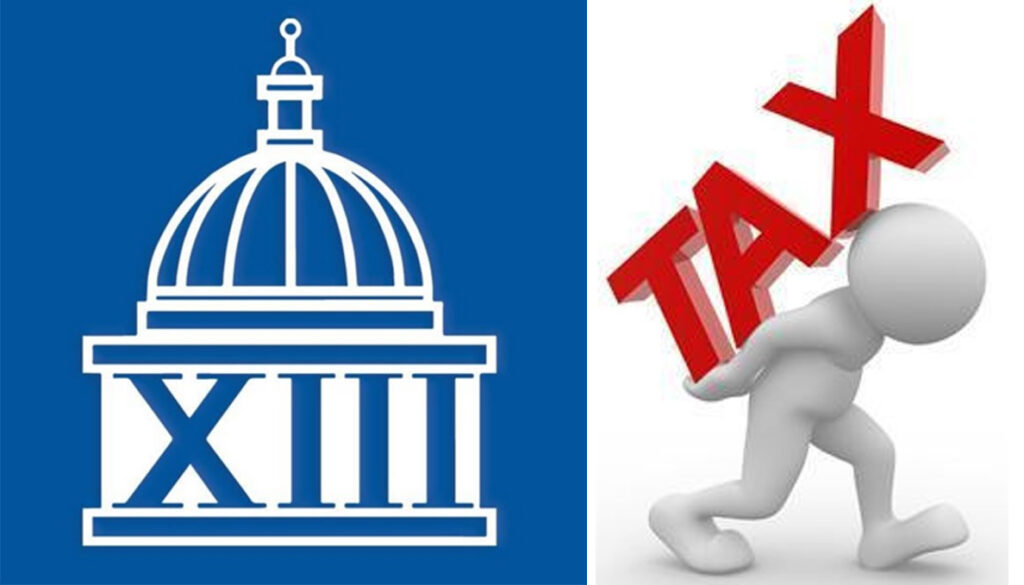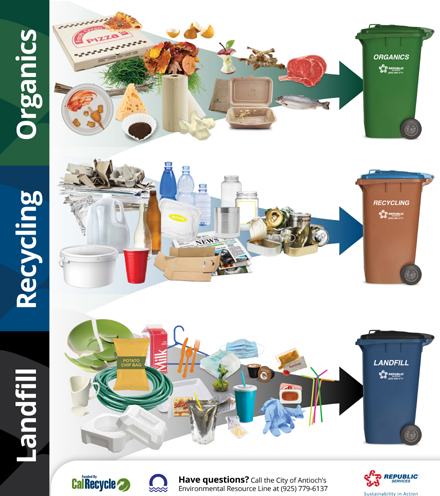Impressive spring wildflower blooms anticipated in desert state parks
Saturday, March 2nd, 2024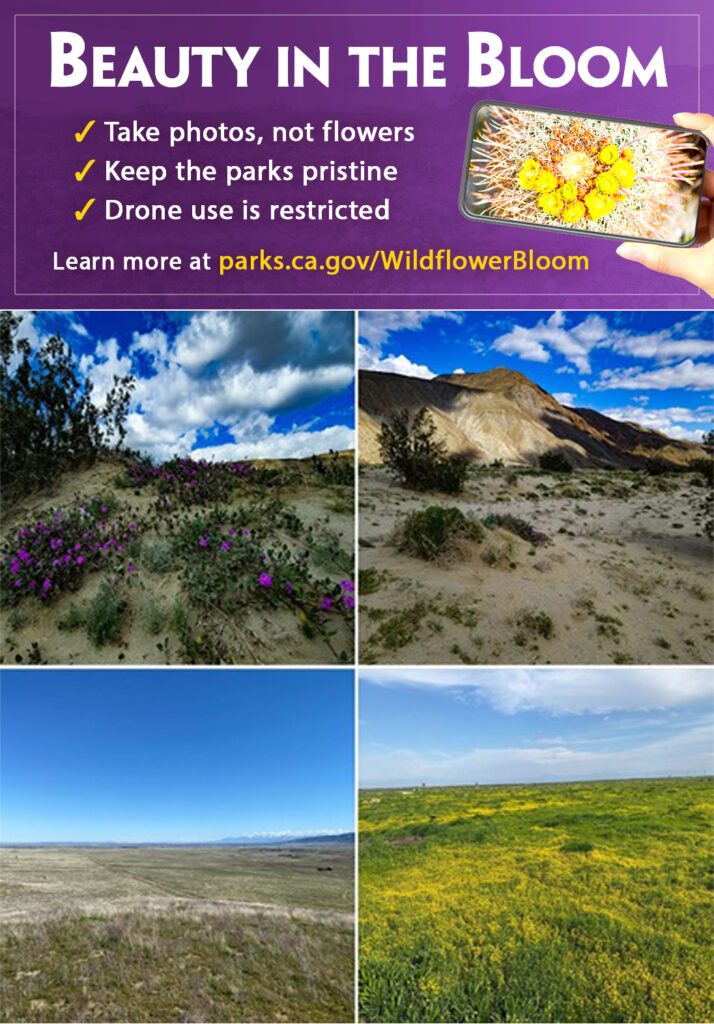
Public asked to keep the beauty in the bloom by staying on designated trails and taking only photos, not flowers.
SACRAMENTO, Calif. – This spring, California’s desert state parks could potentially be adorned with a sea of rainbow colors as the wildflower season is expected to be an impressive one, and California State Parks is asking all visitors to enjoy them responsibly.
“In recent years, California has been lucky to see spectacular wildflower blooms in many public lands, including in state parks,” said State Parks Director Armando Quintero. “We welcome all Californians and visitors from around the world to experience this natural phenomenon and ask all to keep the ‘Beauty in the Bloom’ by staying on designated trails and taking only photos, not flowers.”
Current Bloom Situation
Depending on the park, visitors may see colorful lupine, coreopsis, desert sunflowers, evening or brown-eyed primroses, desert bells, desert poppies or desert lilies.
- Anza-Borrego Desert State Park: Blooms are arriving in the heart of Borrego Springs along Henderson Canyon Road, the lower sandy dune portions of Coyote Canyon and in the southern portion of the state park along Highway S2 southeast of Agua Caliente County Park. Additionally, areas near June Wash moving northeast toward Fish Creek and Arroyo Tapiado are beginning to show the early bloomers like primrose, phacelia, and wooly sunflower. If moving south along the Highway S2, four-wheel-drive vehicles are recommended on any unpaved park road.
- Antelope Valley California Poppy Reserve State Natural Reserve: Sporadic individual poppies are already starting to bloom. From mid-March to May, this park expects a variety of wildflowers to bloom. Poppies, fiddleneck, and red stem filaree have sprouted throughout the Poppy Reserve in large, dense quantities. Live updates from this park are available through the PoppyCam live feed. If the weather remains mild, the bloom is expected to be better this year compared to last year. If the weather turns hot, this could affect the bloom in the next few months.
- Red Rock Canyon State Park, Eastern Kern County Onyx Ranch State Vehicular Recreation Area, Chino Hills State Park, Hungry Valley State Vehicular Recreation Area, Fort Tejon State Historic Park: These parks are expected to have good wildflower blooms from mid-March to May, and into the spring season.
Detailed information, in Spanish and English, on this year’s potential wildflower blooms and park rules is available at parks.ca.gov/WildflowerBloom.
Recreate Responsibly
For those wishing to visit areas where the blooms are popping, State Parks is providing visitors with tips on how to explore safely and responsibly, especially in the desert parks where the landscapes may have changed due to recent storms.
Understand the Area
- Cell coverage can be spotty or nonexistent in some parks—be prepared.
- Read about your state park destination online and download a map prior to your visit, especially if you are visiting a desert. Many GPS and map apps will take you to dirt roads requiring four-wheel drive vehicles.
- Know your vehicle’s limits. Know which areas allow off-highway vehicle recreation.
- Visit the parks during the week and arrive early to beat the crowds.
- Remember to pull off the roadway when viewing wildflowers, wildlife or to take photos. Please leave roadways clear for vehicle traffic.
- Leave an itinerary of your trip with a family member or friend with information such as time of departure and expected return, site visit location and names of everyone in your group. This will ensure law enforcement personnel have a better understanding of your location in the event of a rescue.
Check the Weather
- While planning your trip, check weather conditions. Be prepared and plan for all types of weather.
- Make sure your equipment and clothing are appropriate for the expected weather.
Respect the Landscapes
- Each park has unique landscapes. Stay on designated trails whenever possible. Tread lightly in the desert. Do not trample flowers.
- When viewing the blooms, take only pictures. Flower picking is prohibited.
- If dogs are permitted, they must remain on leash, on designated roads, in campgrounds and in picnic areas. Dogs are not allowed on hiking trails, in the backcountry or in the wildflower fields. Do not leave dogs unattended in your vehicles—temperatures can reach lethal levels.
- Drone use may be prohibited. If drone use is allowed, a filming permit from individual state park units must be requested.
- Help keep the landscapes pristine, leaving it better than when you arrived by packing out anything you packed in—pack it in, pack it out.
Know Your Body Limitations
- Bring plenty of food and water. There are often no restaurants, gasoline stations or stores near the bloom areas.
- Drink plenty of water prior to your visit to remain hydrated and avoid heat-related emergencies.
- Outdoor conditions can change quickly, especially in the desert. Bring sunscreen, a hat, layers of clothing and closed-toe shoes to avoid injury.
- Walk at a pace that allows you to talk easily. If you are too out of breath to speak, you are probably working too hard. Take a rest or stop exercising.
- In the event of an emergency, call 911.
Background
In 2017, 2019 and 2023, wildflowers carpeted state parks like Antelope Valley California Poppy Reserve SNR, Anza-Borrego Desert SP and Ocotillo Wells State Vehicular Recreation Area (SVRA), attracting hundreds of thousands of people from around the world to view this rare occurrence in nature. These wildflower blooms vary from year to year based on multiple factors: Precipitation levels, the timing of that precipitation, amount of sunlight, humidity levels and seasonal temperature patterns can all affect both the bloom timing and number of flowers seen across the region. Since California was fortunate to receive more rain last fall and this winter, public land managers are expecting a “good” to “better-than-average” wildflower blooms in spring, depending on the continued weather conditions.












